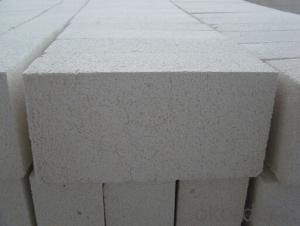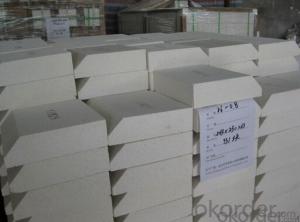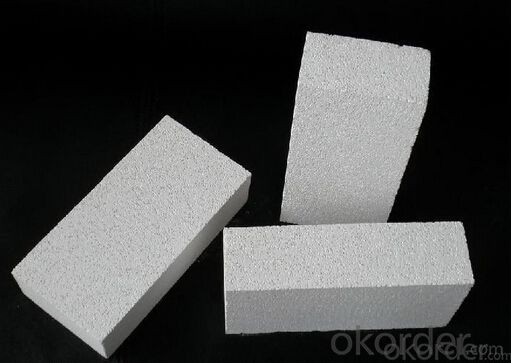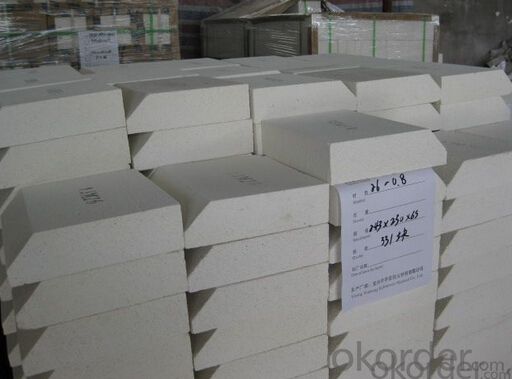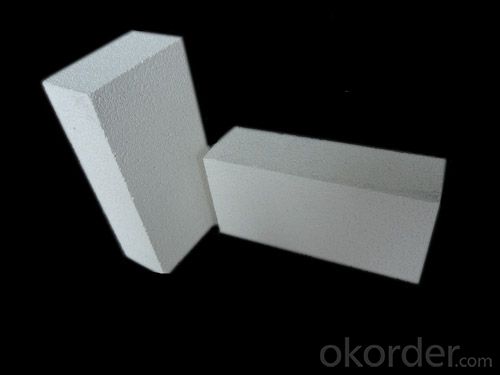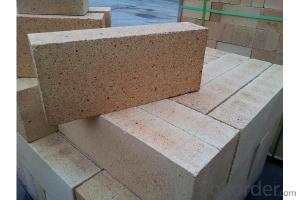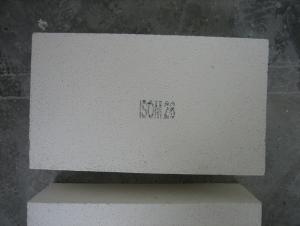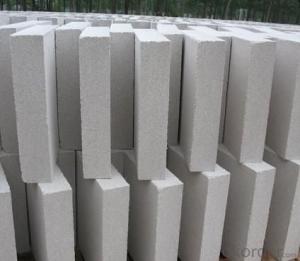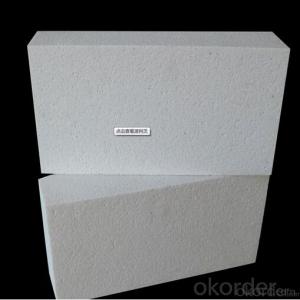Insulating Fire Brick - Refractory Mullite Jm 26
- Loading Port:
- Shanghai
- Payment Terms:
- TT OR LC
- Min Order Qty:
- 5000 kg
- Supply Capability:
- 100000 kg/month
OKorder Service Pledge
OKorder Financial Service
You Might Also Like
Top insulation ceramic fiber blanket
General information of ceramic fiber blanket
Cmax ceramic fiber blanket is made of high quality kaolin clay, centrifugal high purity alumina and silica or blowing process. It's no asbestos. Double side acupuncture for easy installation provides a lot of tension or strength of the blanket.
Products are divided into standard, high pressure, HA and Hz, respectively, corresponding to the highest service temperature of 1000, 1100, 1200, and 1350
Characteristics of ceramic fiber blanket
Heat resistance
Light weight
Low thermal conductivity
Low heat storage
Thermal shock toughness
High tensile strength
Application of ceramic fiber blanket
Refractory fiber lining for petrochemical process heating furnace
Heat treatment furnace or intermittent (shuttle) kiln heat surface lining
General oven standby insulation
Heat sealing or kiln kiln car door
Electrical insulation
Ceramic fiber blanket
Common problem solutions
1. What products do you have?
We have all kinds of refractory bricks, refractory casting materials, mortar, cement, ceramic fiber products, etc..
Or you can browse our products to choose what you need.
2. How to control product quality?
With strict quality control system throughout the material selection and production process, we have the quality of refractory materials and ceramic fiber products to meet customer requirements.
From the selection of raw materials, the quality of our control to start. The quality certificate of the raw material is required, each batch of the products are to be tested in the use of the forward line. In the production process, the quality control by the workers, and then each piece of classification, and through the quality supervision and inspection.
3. Can you give me a brief introduction to the application of your product?
My company is mainly engaged in refractories in the steel, cement, glass, ceramics, petrochemical, electric power and other industries.
4. What information do you need if I need you?
In order to select the right products, we will provide us with information, such as the United States, technical data, order quantity, product application, etc..
If you have any questions, please contact us.
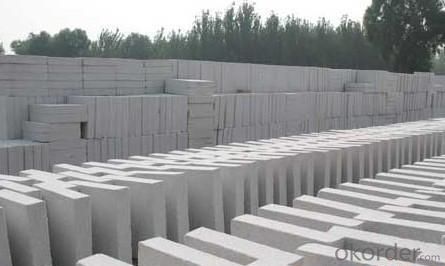
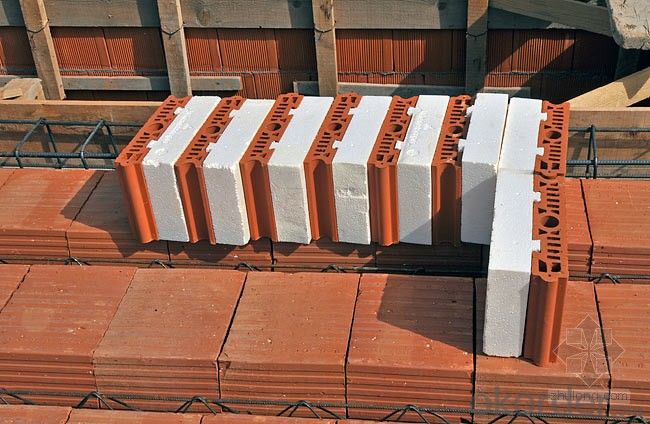
FAQ
1. Which products do you have?
We have all kinds of refractory brick, castable, mortar, cement, ceramic fiber products, etc.
Or you could browse our products to choose what you need.
2. How do you control the products quality?
With strict quality control system throughout the materials selection and production process, our refractory and ceramic fiber products quality is effectively controlled to meet customer requirements.
From the raw materials selecting, our quality control begin. The quality certificates of raw materials are required and each batch will be tested before using. During production, the quality control are conducted by workers and then each piece will be sorted and examined by quality supervise.
3. Can you give me a brief introduction of the application of your products?
We are mainly specializing in the refractory materials in iron and steel, cement, glass, ceramics, petrochemical, electric power Industry, etc.
4. If I need your offer, what information do you need?
In order to choose suitable products, it will be appreciated to provide us the information, such us specification, technical data, order quantity, products application etc.
If any question, please contact us freely.
- Q: Can insulating fire bricks be used in solar power plants?
- Yes, insulating fire bricks can be used in solar power plants. They are commonly used in the construction of high-temperature equipment such as solar receivers, combustion chambers, and thermal energy storage systems. Insulating fire bricks help to minimize heat loss and maintain high operating temperatures, making them suitable for various applications in solar power plants.
- Q: Can insulating fire bricks be used in the construction of boilers?
- Indeed, the application of insulating fire bricks is possible in the construction of boilers. Comprised of lightweight materials with exceptional thermal insulation properties, these bricks prove to be apt for deployment in high-temperature scenarios, including boilers. Their utilization aids in diminishing heat dissipation and augmenting energy efficacy by impeding heat leakage from the boiler. Moreover, they exhibit remarkable resilience against thermal shock and can endure extreme temperatures, thereby establishing themselves as a dependable alternative for constructing boilers.
- Q: What is the difference between cement foamed thermal insulation board and thermal insulating brick?
- 1, cement foam insulation board, as its name says, is "board", it is used on the exterior wall or roof, that is, the grass-roots has been done, and put a plywood outside, you can achieve the effect of insulation;2, insulation brick, mainly brick, it can be directly wall masonry, wall completed, the insulation effect is reflected.
- Q: Can insulating fire bricks be used in residential fireplaces?
- Yes, insulating fire bricks can be used in residential fireplaces. Insulating fire bricks are designed to withstand high temperatures and provide excellent insulation, making them a suitable choice for fireplace construction. These bricks can help retain heat, increase energy efficiency, and prevent heat loss. They also offer superior protection against thermal shock, which is essential for withstanding the intense heat generated by a fireplace. Additionally, insulating fire bricks are lightweight, easy to handle, and can be easily shaped or cut to fit any fireplace design or size. Overall, using insulating fire bricks in residential fireplaces is a wise choice for homeowners looking to enhance the performance and safety of their fireplace.
- Q: Are insulating fire bricks fire-rated?
- Yes, insulating fire bricks are fire-rated. They are specially designed to withstand high temperatures and provide excellent insulation properties, making them suitable for use in fireplaces, kilns, and other applications that involve exposure to extreme heat.
- Q: Are insulating fire bricks suitable for insulation in cryogenic applications?
- Yes, insulating fire bricks are suitable for insulation in cryogenic applications. Insulating fire bricks have excellent thermal insulation properties, low thermal conductivity, and can withstand extremely low temperatures. This makes them ideal for use in cryogenic applications where insulation is required to maintain the low temperature of the system.
- Q: Can insulating fire bricks be used in the construction of foundry molds?
- Yes, insulating fire bricks can be used in the construction of foundry molds. Insulating fire bricks are designed to withstand high temperatures and provide excellent thermal insulation properties, which make them suitable for use in foundry molds. These bricks help to maintain a consistent temperature within the mold, ensuring efficient and effective casting processes.
- Q: Can insulating fire bricks be used in kilns or furnaces?
- Yes, insulating fire bricks can be used in kilns or furnaces. Insulating fire bricks are designed specifically to withstand high temperatures and thermal shock, making them ideal for use in kilns or furnaces. They have excellent insulating properties, which help to conserve heat and improve energy efficiency. Additionally, insulating fire bricks are lightweight and easy to install, making them a popular choice for lining the walls and floors of kilns or furnaces. Overall, insulating fire bricks are a reliable and effective solution for maintaining high temperatures and ensuring optimal performance in kilns or furnaces.
- Q: Can insulating fire bricks be used for insulation in aluminum smelters?
- Yes, insulating fire bricks can be used for insulation in aluminum smelters. Insulating fire bricks are designed to withstand high temperatures and provide excellent thermal insulation, making them suitable for use in aluminum smelters where extreme heat is generated.
- Q: Do insulating fire bricks have a low thermal conductivity?
- Insulating fire bricks possess a low thermal conductivity, rendering them ideal for applications necessitating thermal insulation. These bricks are specially crafted to minimize heat transfer. In comparison to traditional fire bricks, insulating fire bricks exhibit lower density and higher porosity, thus aiding in diminishing heat flow through conduction. With their low thermal conductivity, these bricks function as efficient barriers against heat transfer, ensuring cooler surrounding regions and heightened energy efficiency.
Send your message to us
Insulating Fire Brick - Refractory Mullite Jm 26
- Loading Port:
- Shanghai
- Payment Terms:
- TT OR LC
- Min Order Qty:
- 5000 kg
- Supply Capability:
- 100000 kg/month
OKorder Service Pledge
OKorder Financial Service
Similar products
Hot products
Hot Searches
Related keywords
